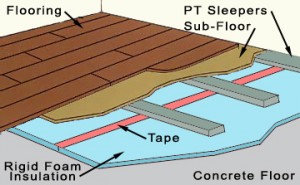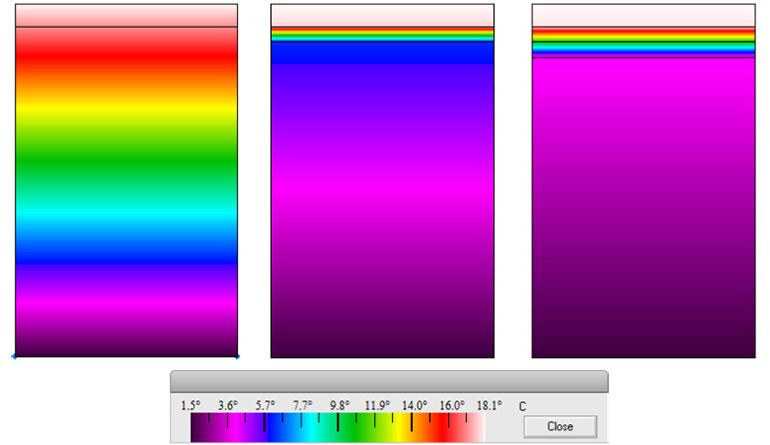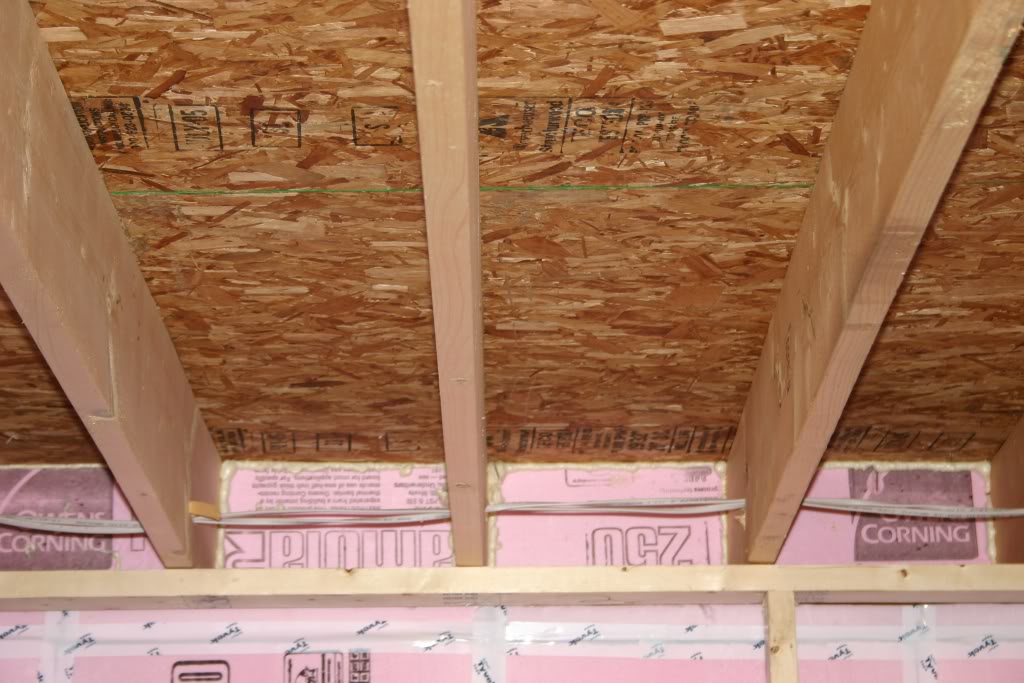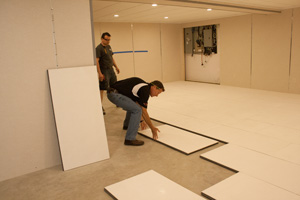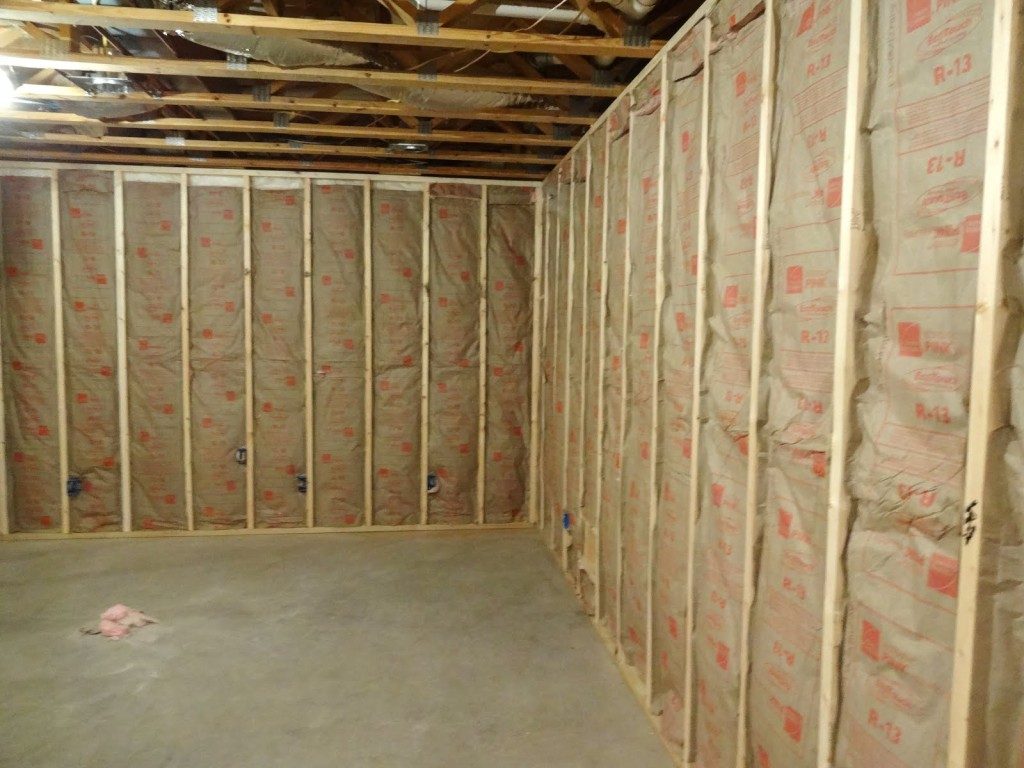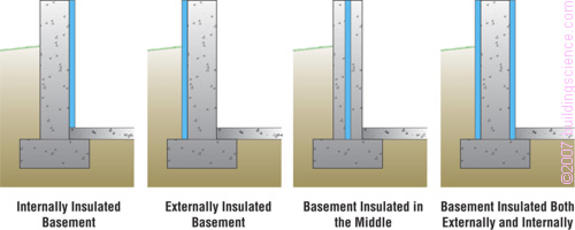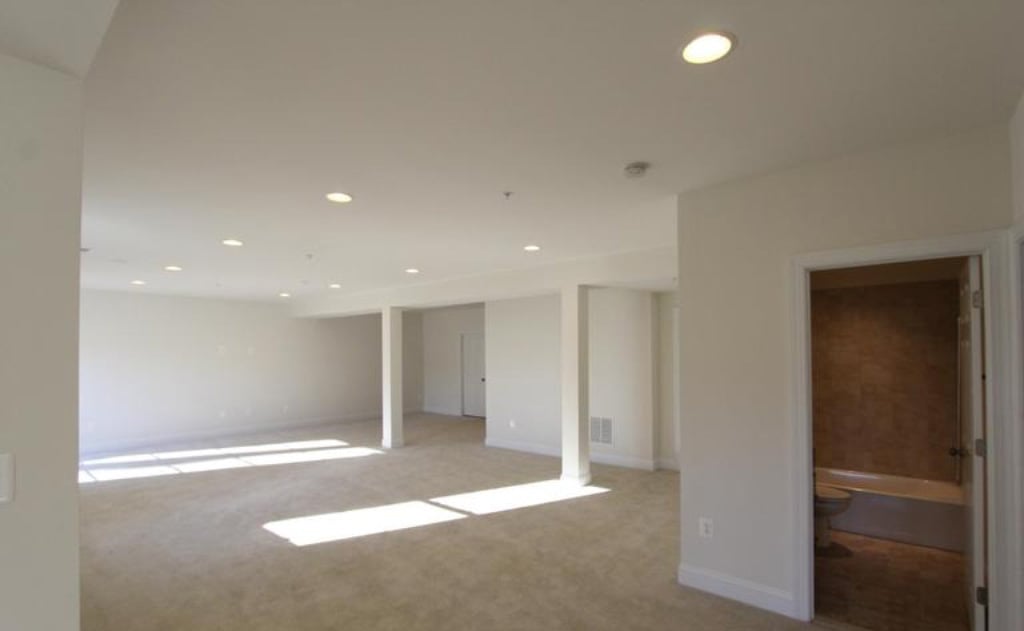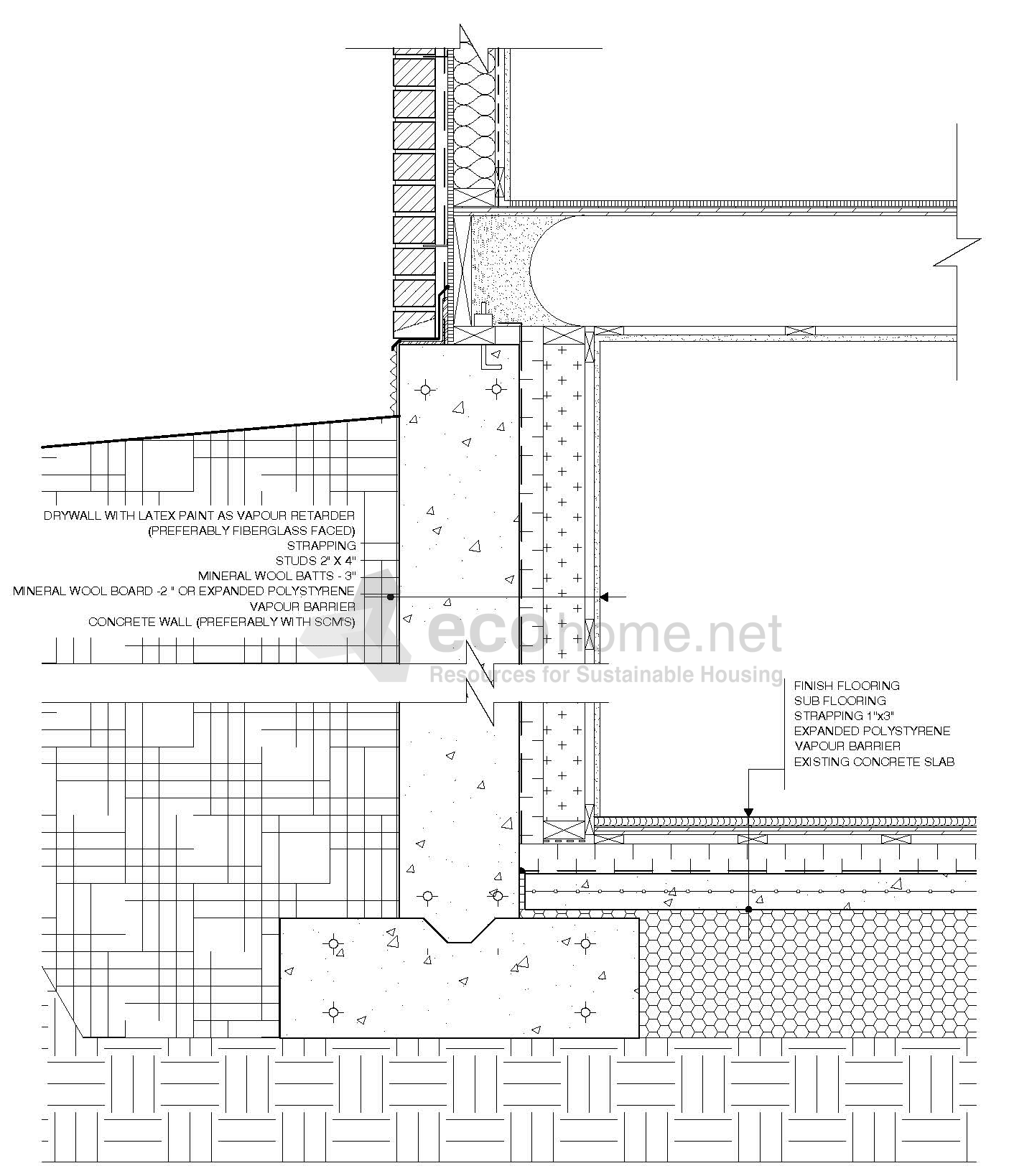Effectiveness Of Insulating Under Basement Floor

Insulation is laid on the concrete and covered with a screed.
Effectiveness of insulating under basement floor. An uninsulated or under insulated basement floor is a major source of heat loss in the home. Underfloor insulation can take a variety of forms. You want to create a tight insulation layer. For homes without basements and those with unheated cellars adding insulation can bring heating costs.
In these homes the basement accounts for one third of the home s heat loss. Insulation projects are often focused on exterior walls and attics. Tape the joints between the boards with builder s tape. I posted on the basement insulation site but i ve developed my thinking a little more and now ponder whether this would work for the concrete basement floor that i very much want to finish in ceramic tile 6 poly 1 xps foam 3 4 advantech 1 2 hardibacker thinset and 1 4 tile.
While you can apply insulation over the concrete slab that requires adding wood subflooring and other components that add to the cost and complexity of the project. There will be a damp proof membrane under the insulation and possibly a second membrane on top depending on the type of screed. Insulating a solid floor. The basement walls and floors of older homes are generally uninsulated.
Most modern homes have a solid floor for example. Installing insulation prior to the pouring of a concrete slab floor improves the energy efficiency of the floor and makes it more comfortable. Place a 1 inch layer of 4 x8 extruded polystyrene foam board over the gravel covering the entire floor area. While insulating these areas is important homeowners can also save money on their heating and cooling costs if they insulate the space under their floors.
Evenly spread the base gravel under the basement slab keeping it 1 inch lower than the conventional method. Adequate basement floor insulation can reduce this heat loss improving comfort conserving energy. Thanks for sponsoring this video audible.
